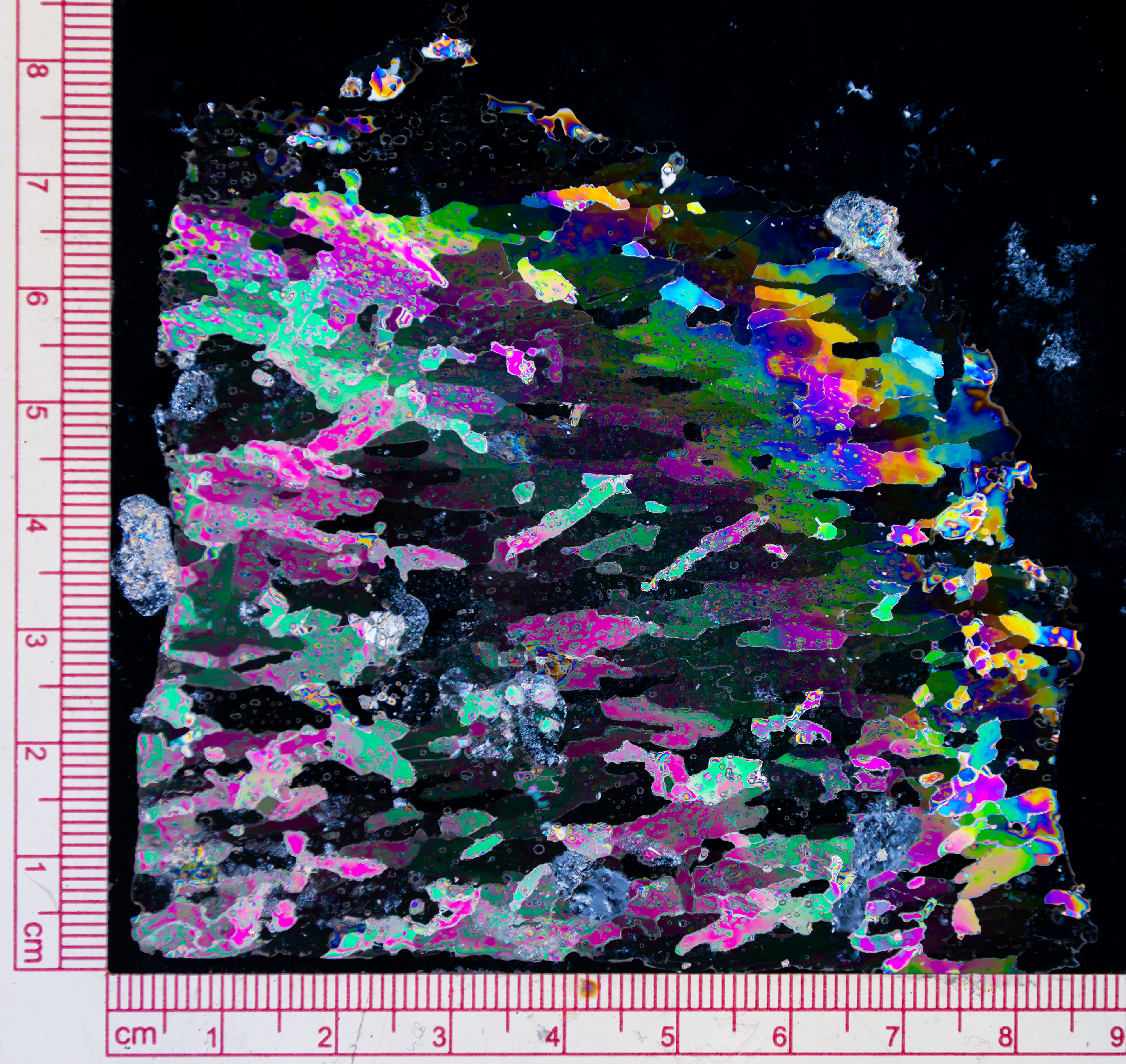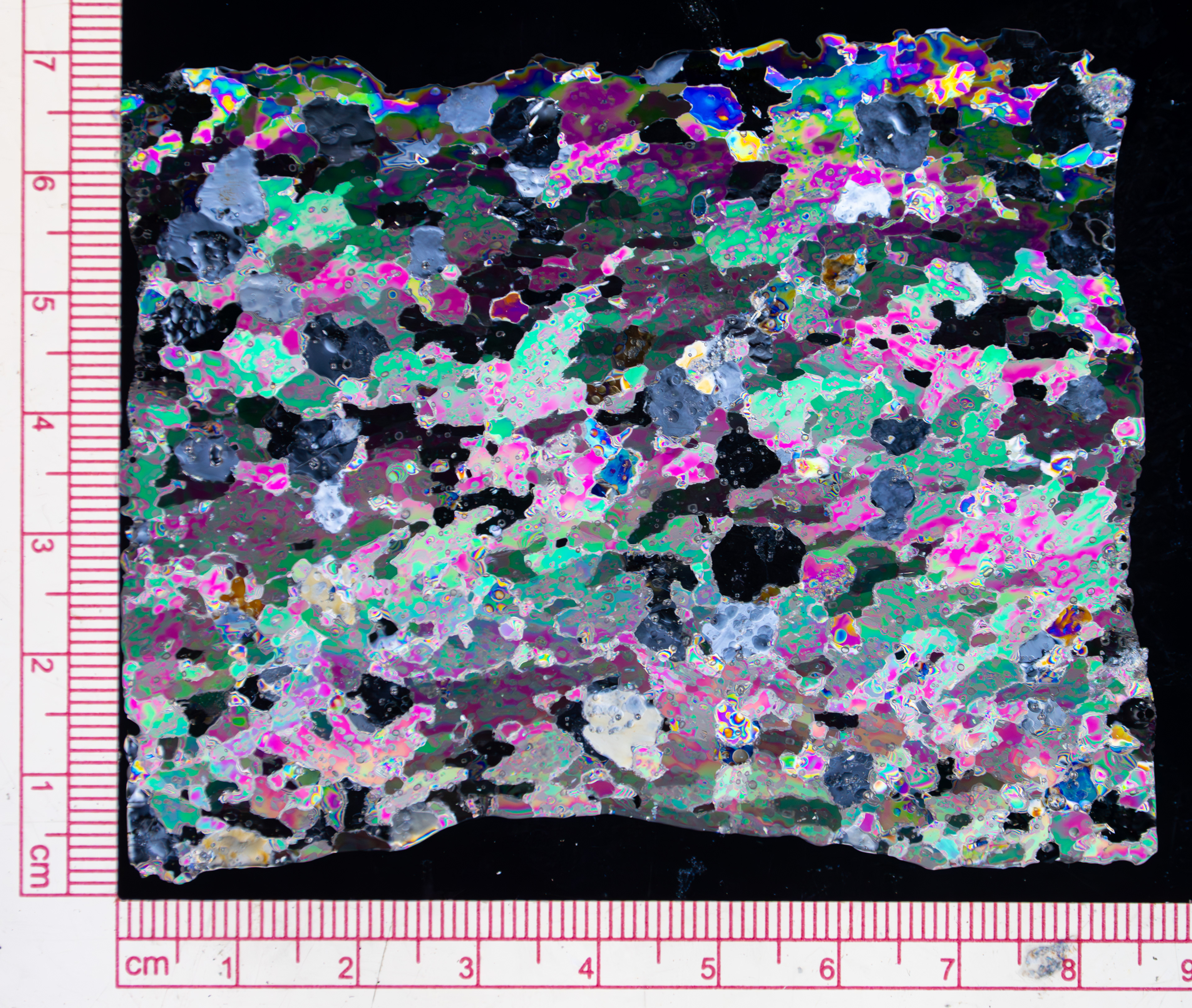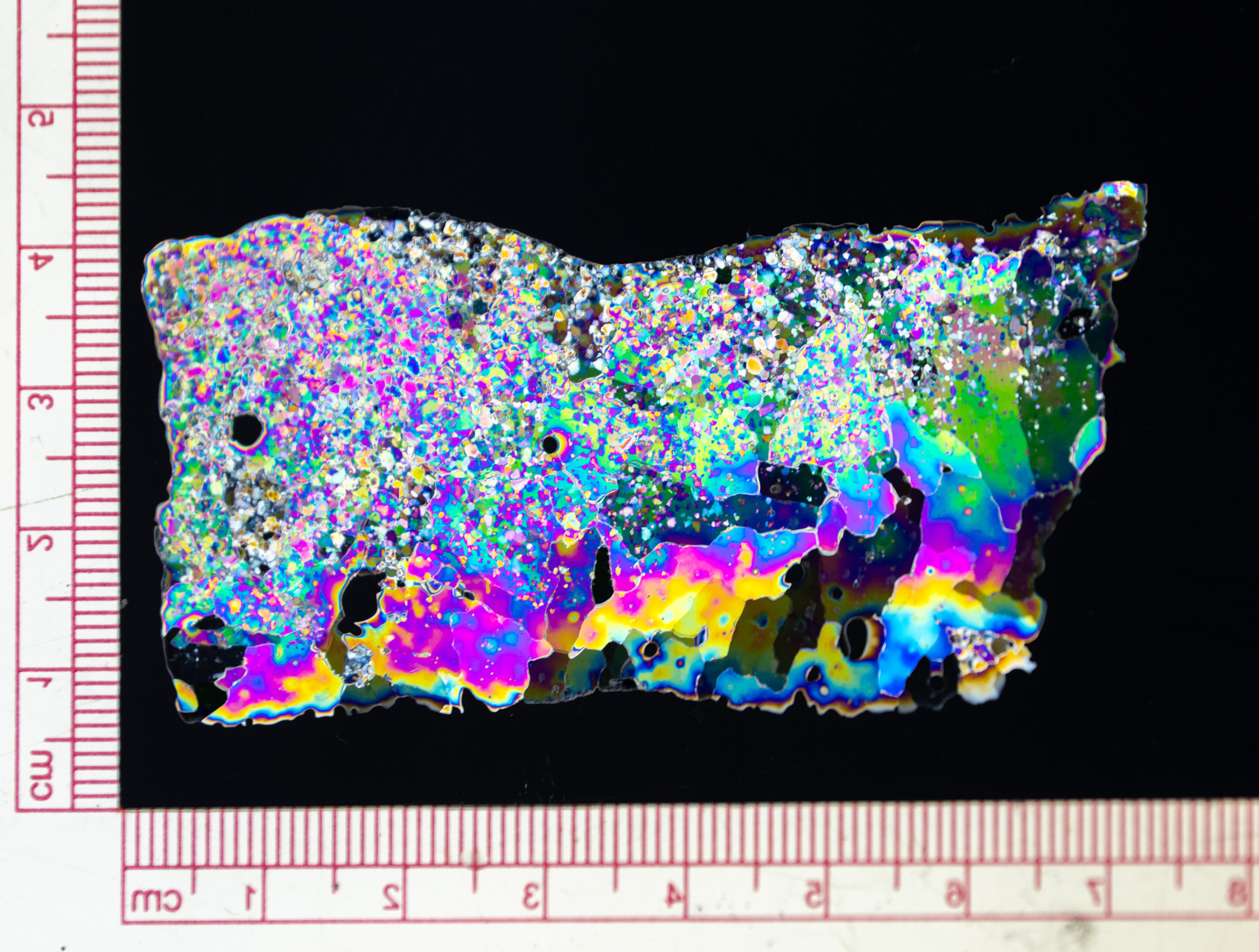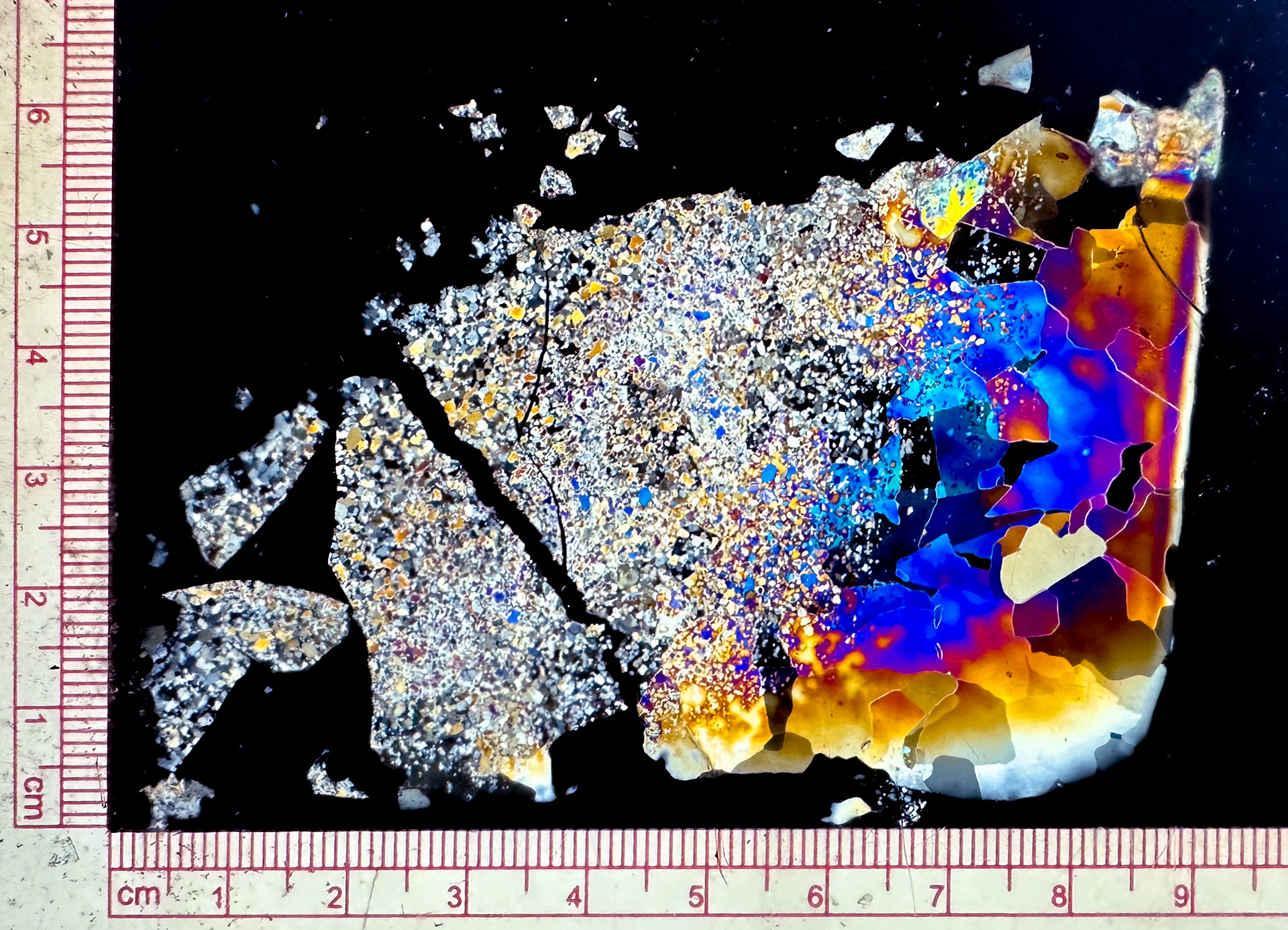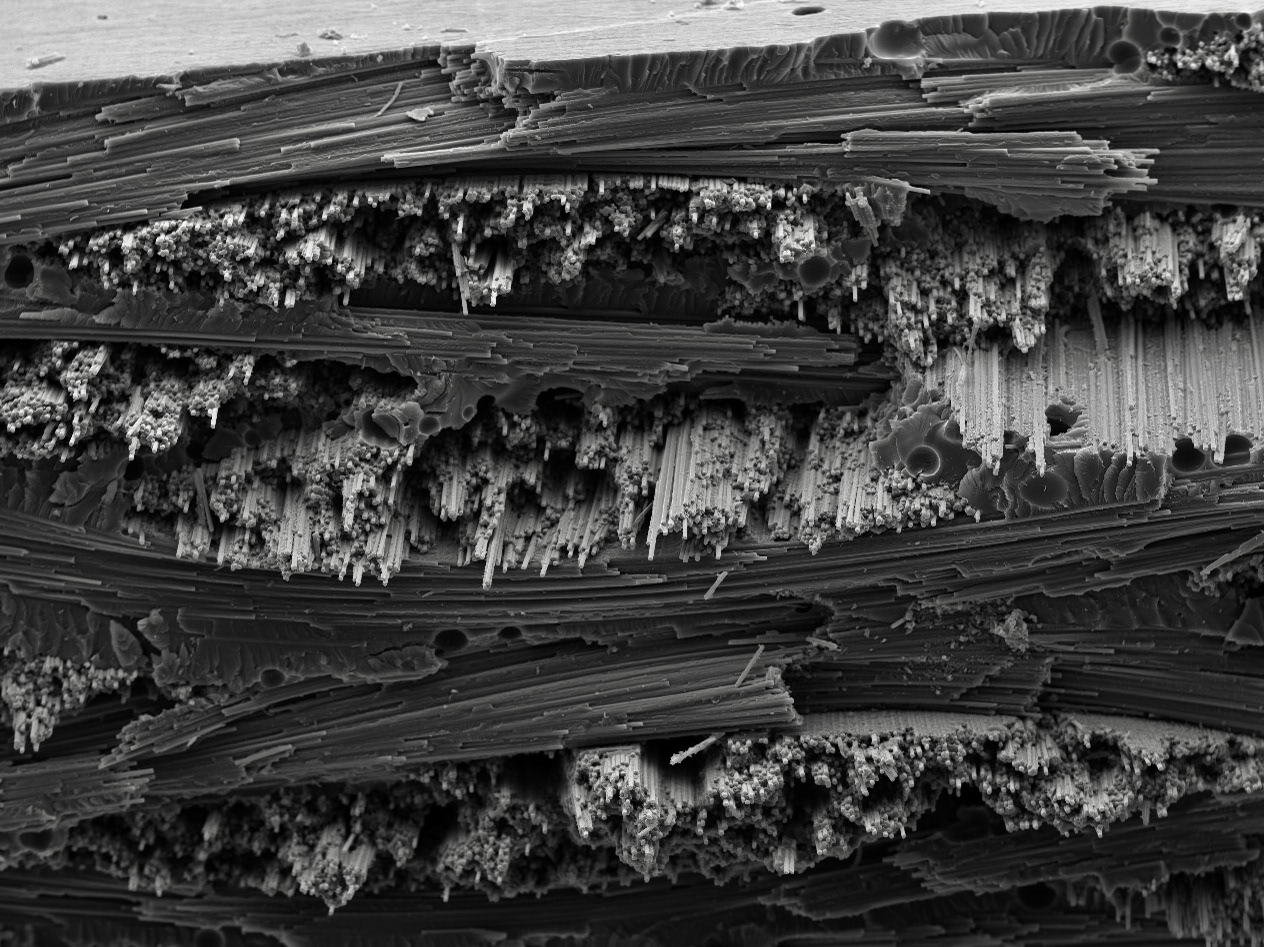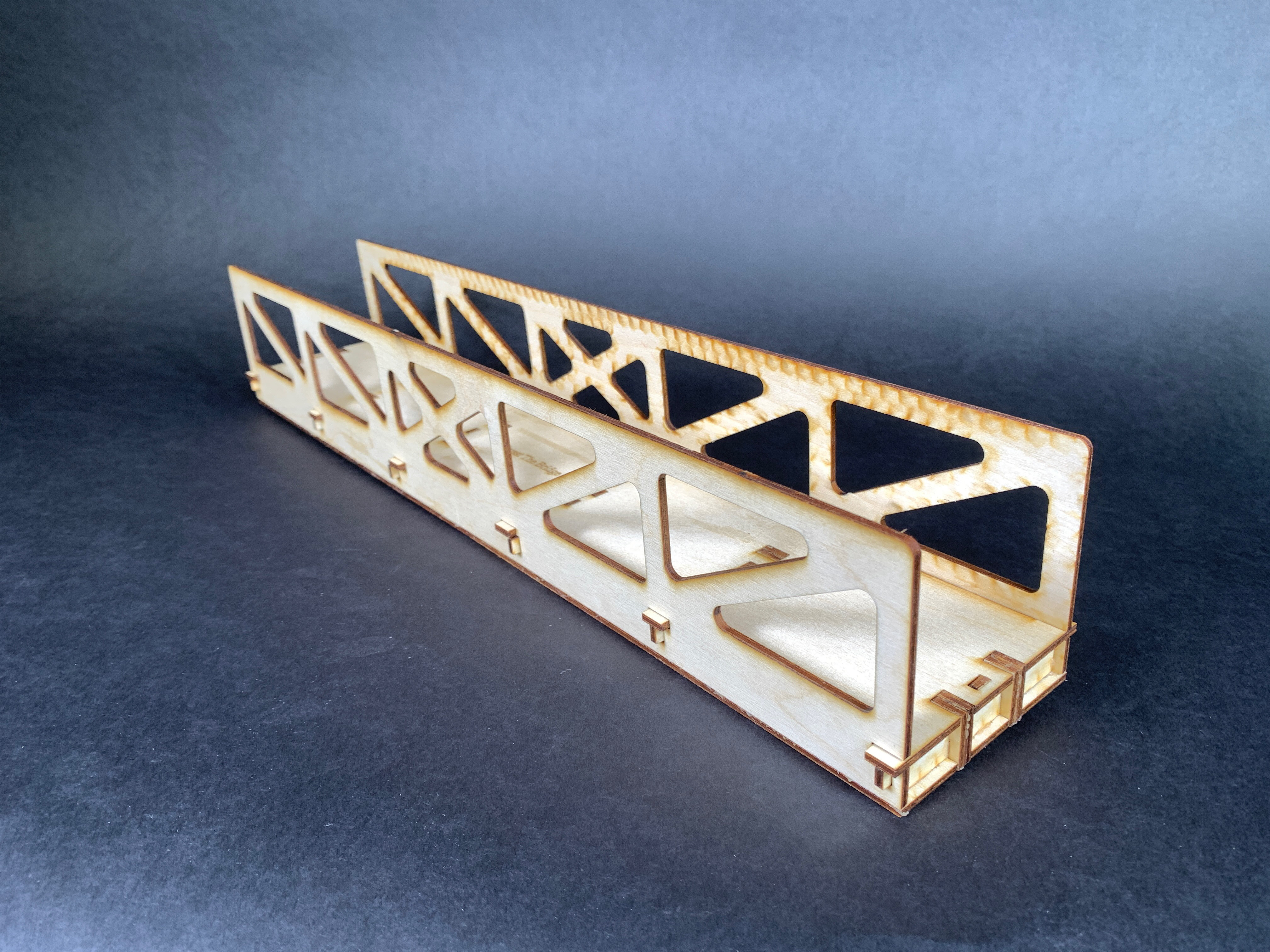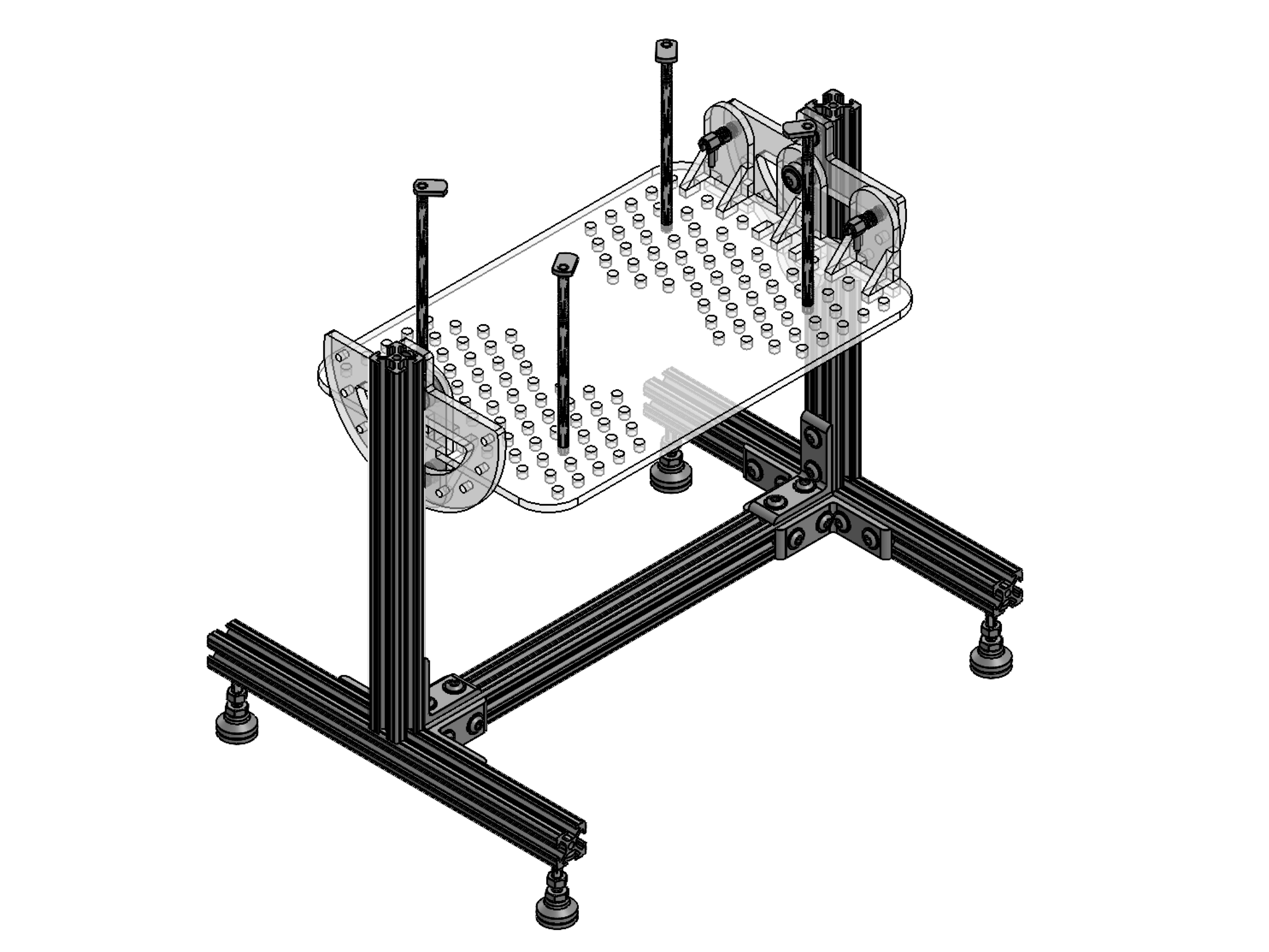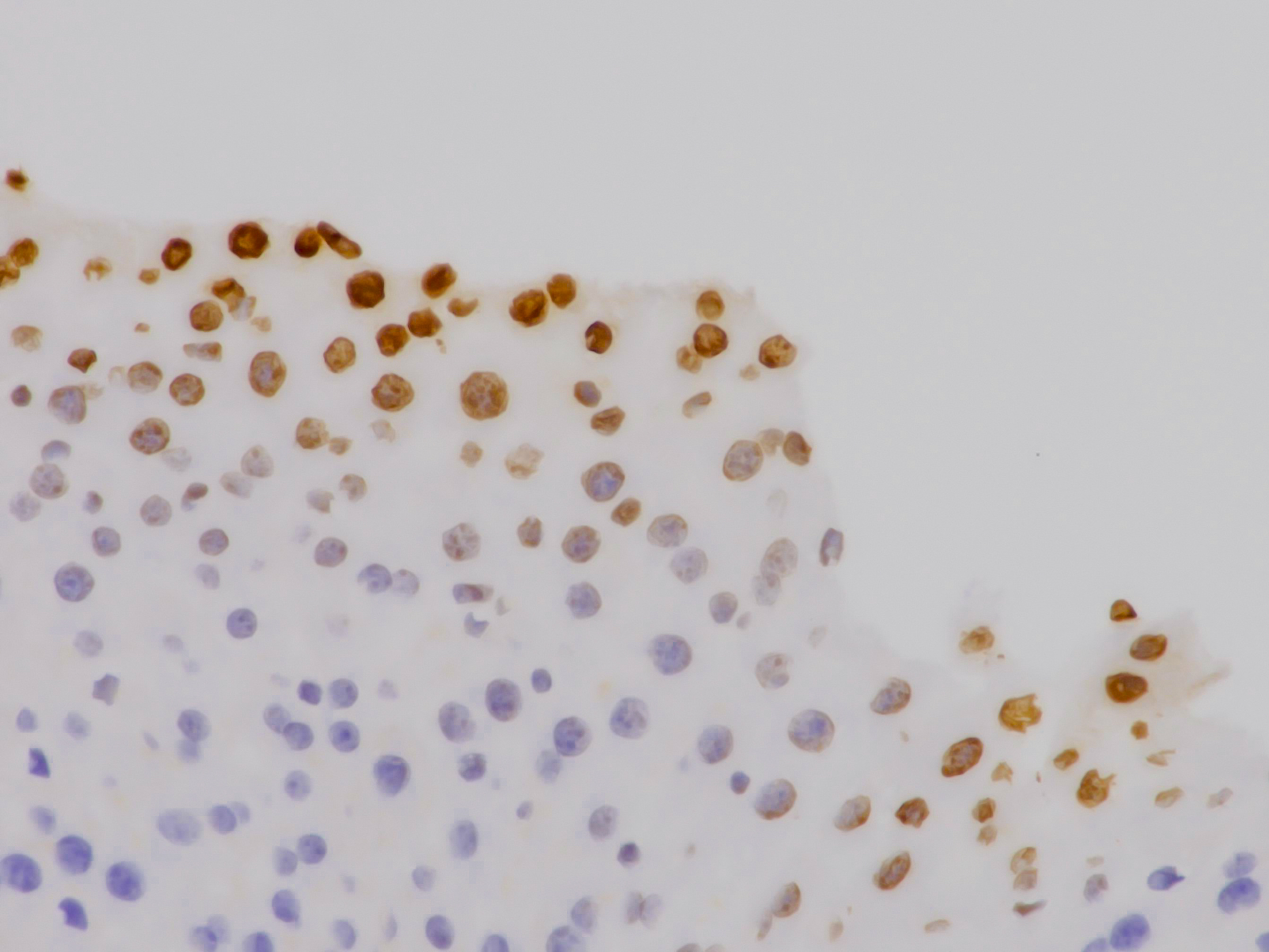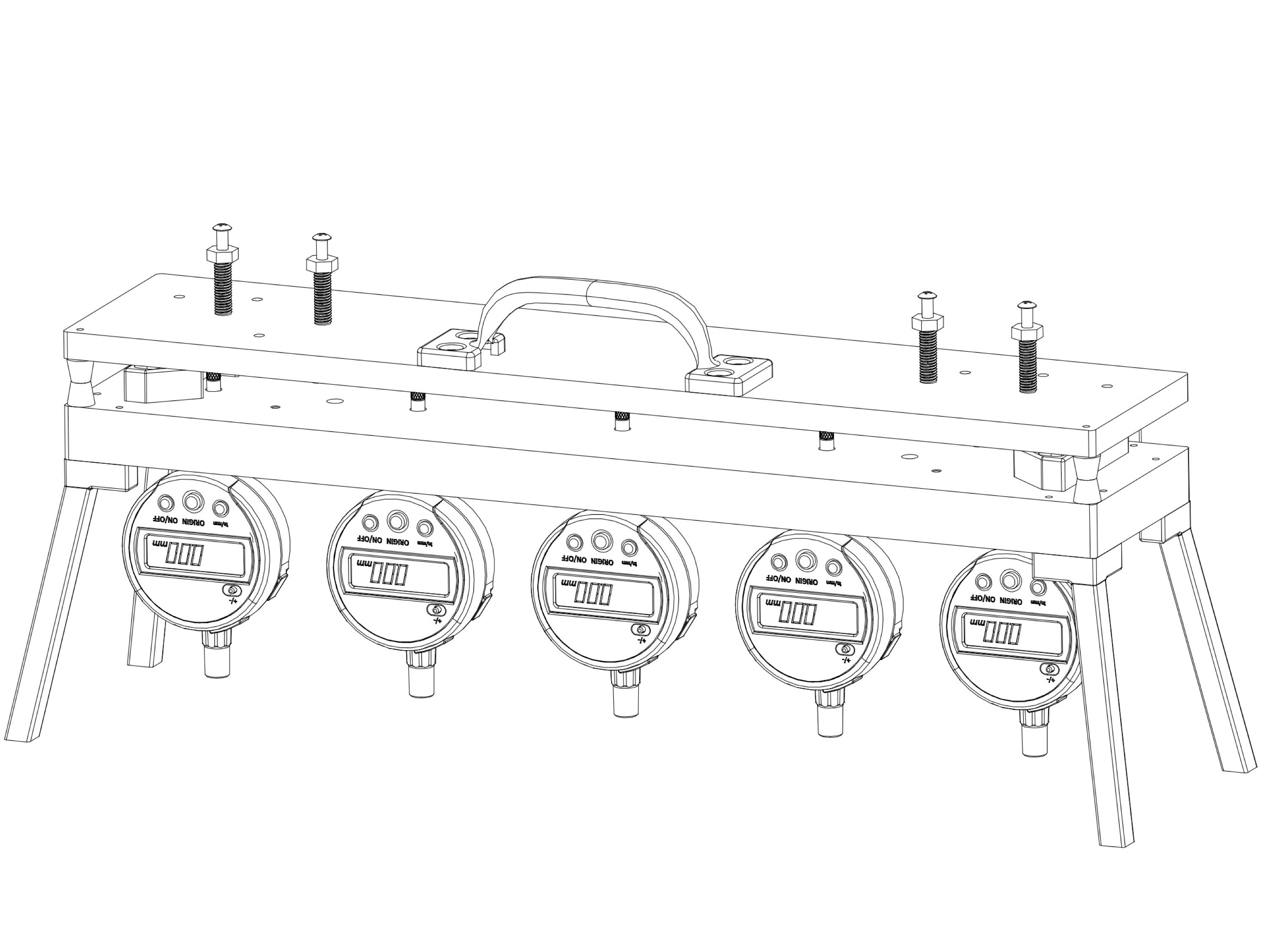Abstract
As our climate continues to change and the atmosphere warms, sea ice in the Arctic has continually declined in extent, thickness, and surface area. This melting contributes to ocean rise, coastal erosion on northern coastlines, and reduces the surface area of high albedo snow increasing heat capture from the sun. As these ice sheets thin, understanding the mechanisms of their fracture and breakup may allow us to increase the accuracy of our predictive models and further our understanding of the mechanical behavior of polycrystalline materials. However, while ice in the Arctic is composed of a columnar sea ice sheet atop which a thin granular layer of freshwater ice has formed, only the lower columnar section has been studied in lab. By taking these plates traditionally tested and depositing a thin layer of granulated ice (composing 6% of the overall sample thickness) atop the plate before subjecting them to a four-point bending test, we may understand how this granu- lar layer affects the flexural strength of the ice. Testing at -10 ◦C showed that while the granulated layer had little effect while the ice was strained slowly and allowed to creep; at a higher strain rate the flexural strength of the ice was increased by 17-38%. This result alters not only our understanding of the material strength of these ice sheets but also the failure mechanisms underlying their breakup and gives us the potential to better model the impacts of our changing climate.
Undergraduate Thesis
Sample Photos
